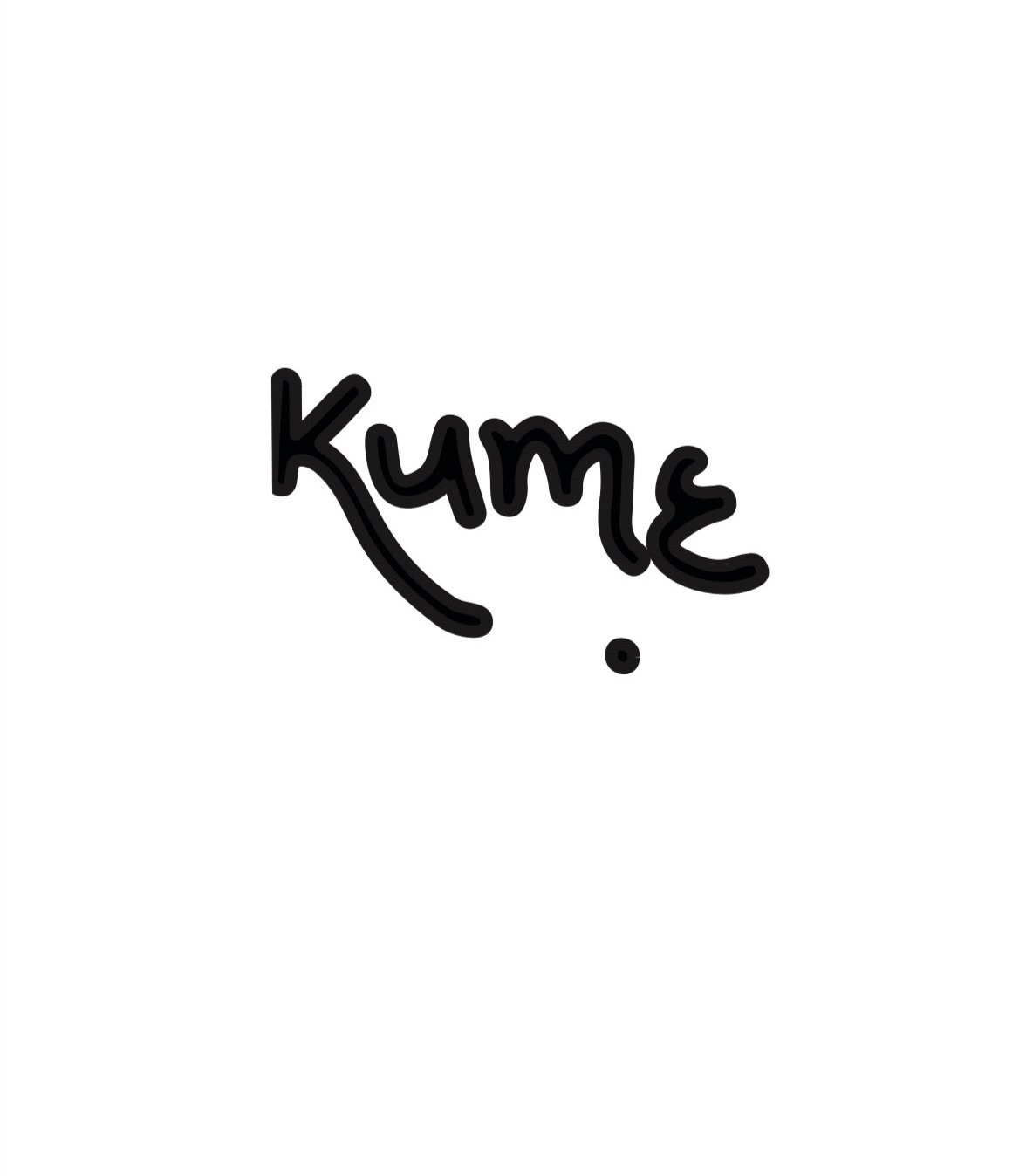Ask your people how they are. Then ask again.
2 min
There’s a beauty I’ve been sitting with lately—the kind that lives in language, in rhythm, in the words we choose to care for one another. In my native language, Krio, spoken in Sierra Leone, the way we greet each other is full of that beauty. We say, “Kushɛ, aw di bɔdi?”
It loosely translates to, “Hello, how are you?” But the more accurate translation is, “How is the body?” And the more I think about it, the more I believe it’s one of the most beautiful questions you can ask someone.
How is the body?
Because the body tells us so much—more than we sometimes allow our words to say. How we’re really doing. How we’re really feeling. When someone asks, “Aw di bɔdi?” the response might be, “A tehl Gohd tɛnki. Di bɔdi fayn. Di bɔdi nɔ bad.”
I tell God, thank you. The body is fine. The body is not bad.
And sometimes, they follow up with what’s really going on physically. Joy. Stress. A feeling they can’t quite name, but they know exactly where it’s sitting.
I think that’s important—that attention to the body. Because the body keeps score. It remembers. It carries what our mouths don’t always speak. It’s the first responder to stress, joy, grief, and change. The body knows—before we even understand what we’re feeling.
That’s one of the reasons I felt it was necessary to include a body-awareness prompt in the MyKume Journal:
“Where am I feeling this in my body?”
It’s an invitation to reconnect the mind and body, to recognize that our emotional experiences live in our physical form, too.
And it’s not just about asking how the body is—it’s about noticing, too. In Krio, when you're talking to someone, you might say:
“Yu bɔdi fresh oo” — Your body is glowing
“Yu bɔdi kot” — Your body looks thinner; is everything ok?
These phrases are more than compliments and concerns. They are invitations. You’re not just seeing someone—you’re noticing them. And they might respond with stories. Maybe they’ll say they’ve been stressed and not eating. Or they’ll smile and say their children are taking good care of them. Either way, you’ve opened the door for real connection.
It reminds me how language can gently peel back the layers of what we carry. And Krio, in its warmth, does that so well.
Another beautiful rhythm in Krio is how we ask how are you not just once, but multiple times in a single conversation. You check in again and again:
“Aw yu du?” - How are you?
“Yu sure say yu fine?” - Are you sure you are fine?
That repetition—it softens the person. It creates space. It says: I’m still here. I’m still listening. Maybe the first time, someone gives a polite answer. But by the second or third, they might feel safe enough to say what’s really going on.
Too often, we speak to each other without really saying anything. We rush past one another in conversation, defaulting to “I’m good,” without checking in with our bodies, our breath, or our truth.
But Krio gives us another way. A warmer, richer way. A way that reminds us that we are bodies, not just minds. That there is wisdom in our aches, and healing in being asked—again and again—“Aw di bɔdi ?”
So if you take anything from the Krio language, let it be this:
Ask your people how they are.
Then ask again.
Notice what their body might already be saying.
And somewhere in there, ask—How is your body?
Because sometimes, by answering what’s going on in the body, we find the courage and clarity to reveal what’s going on in the soul.
Sign up for our curated weekly Kume House Musings newsletter with stories and inspiration on life, love, well-being, and much more delivered right to your inbox.

